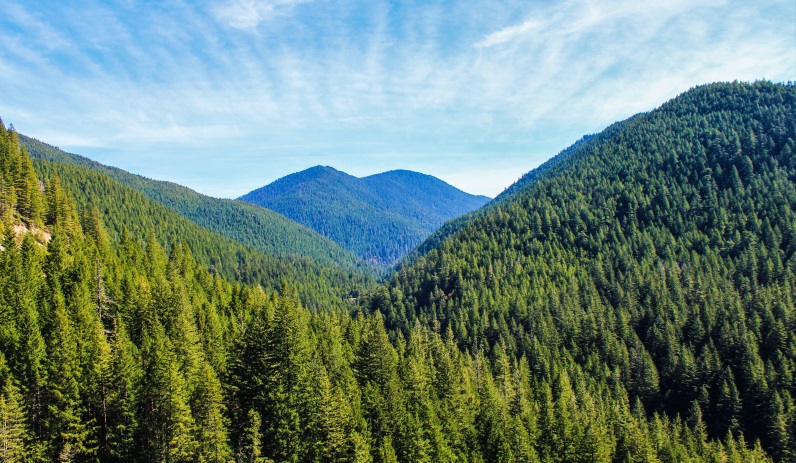“In [the highest boughs of trees], the world rustles. Their roots rest in infinity; but they do not lose themselves there. They struggle with all the force of their lives for one thing only: to fulfill themselves according to their own laws, to build up their own form, to represent themselves. Nothing is holier; nothing is more exemplary than a beautiful, strong tree.”
In order to live in this remote, beautiful place, one must accept both the independence and sociality that life in Jawbone requires. Just as the trees grow in stands, we as people live in community. In the forest, the trees build up their own form, independent yet intertwined with their surround. Life in Jawbone requires a similar strong will but also a gentle willingness to accept the love that this place exudes.
“One can read its whole history in the luminous, inscribed disk of its trunk: in the rings of its years, its scars, all the struggle, all the suffering, all the sickness, all the happiness and prosperity stand truly written, the narrow years and the luxurious years, the attacks withstood, the storms endured.”
One of the characteristics of life is growth. Opal Creek Ancient Forest Center was not always as it is today; it grew to be. Many people worked and fought long battles to save not just these 15 acres, but an entire watershed– all based from the love and wonder that the forest can give. There are stories in the lives of people that transcend written lore. The history of this place is stored in the lives of the uncut trees who have seen more years than any of us have. I have been so lucky to seek solace and healing in this forest this summer, sensing the energy of love that is so unique to this place. I have grown in this place. I am grateful for this place, as many of us are.
“Trees are sanctuaries. Whoever knows how to speak to them, whoever knows how to listen to them, can learn the truth. They do not preach learning and precepts, they preach, undeterred by particulars, the ancient law of life.”
I spent the last two months leading children into the forest, but I also am a child in the woods. Throughout this summer, I learned many lessons. I learned to be humble, patient, and to always be kind. I learned to be independent, curious, and how to let go. Backpacking with kids is always a learning experience – and I am grateful to see the forest through their eyes. This place touches many hearts – I have seen it from the old timers and their grandchildren playing on Pablo’s Chair. I have seen love in hugs from co-workers, baked into soft pretzels, in hand-written notes, and on evening walks. There is love alive in this place. Even the trees can sense it.
“And so the tree rustles in the evening, when we stand uneasy before our own childish thoughts: Trees have long thoughts, long-breathing and restful, just as they have longer lives than ours. When we have learned how to listen to trees, then the brevity and the quickness and the childlike hastiness of our thoughts achieve an incomparable joy. Whoever has learned how to listen to trees no longer wants to be a tree. He wants to be nothing except what he is. That is home. That is happiness.”
This is home. This is happiness.
Excerpted portions from Hermann Hesse’s Bäume: Betrachtungen and Gedichte (Trees: Reflections and Poems).


